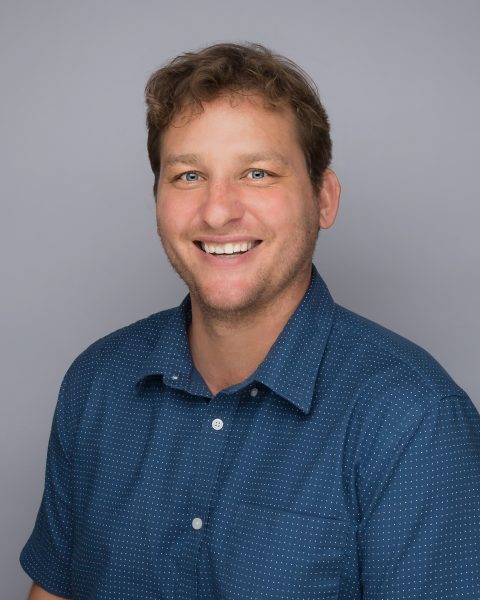
Georgia Southern University’s Tyler Cyronak, Ph.D., has secured a $250,000 grant from the National Science Foundation (NSF) to investigate the pivotal role of seagrass in combating climate change.
“Coastal ecosystems and coastal communities are some of the most vulnerable to climate change,” explains Cyronak.
According to the National Oceanic and Atmospheric Administration’s Office of Coastal Management, less than 1% of the world’s seafloor is made up of seagrass, but these plants also store 11% of the ocean’s buried carbon. The ocean’s carbon is important because it acts as a carbon sink, absorbing about 31% of the carbon dioxide (CO2) emissions released into the atmosphere. This helps to regulate atmospheric CO2 levels and limit climate change. That level of impact is creating excitement in the blue carbon community.
“A blue carbon ecosystem is a marine system that sequesters carbon in the sediment,” explains Cyronak. “There’s a push to do carbon dioxide removal, and that’s where our project comes in.”
Cyronak and a colleague at the University of California-Davis are working together on the three-year project funded by NSF’s Chemical Oceanography Division that aims to explore how seagrass ecosystems can help mitigate climate change through marine carbon dioxide removal.
The overall project looks at the impact seagrass can have; however, there is also a subplot of competing coastlines. While Cyronak and his doctoral student look into how well the seagrass fairs along the southeastern coast, the team at UC-Davis is running a parallel experiment to see if seagrass is more or less effective at capturing carbon on the west coast. The findings could play a significant role in shaping future strategies for carbon capture and climate change mitigation along America’s coastlines.
“It’s important to have local solutions that help with the global problem of climate change,” he said. “To help communities be able to adapt and to be resilient against climate change is really critical, but it also brings in some economic benefits and conservation benefits by making sure systems like salt marshes and seagrass and other blue carbon systems are conserved and preserved for the future.”
Cyronak’s research focuses on enhancing carbon-absorption by adding alkaline minerals to these ecosystems which may help the seagrass absorb more CO2. This process, known as enhanced weathering, could potentially boost the carbon capture capabilities of seagrass beds.
“This research is a testament to Georgia Southern’s commitment to understanding and driving meaningful change,” said Michael Huggins, Ph.D., dean of the College of Science and Mathematics at Georgia Southern. “By collaborating with students, faculty, and regional partners, we embody our mission to innovate and positively impact our communities. This project is a clear example of how we’re achieving that goal.”
Cyronak highlights the importance of ensuring that enhanced weathering is both safe and effective. One concern is that added minerals could harm seagrass or introduce heavy metals into the ecosystem, potentially affecting the food chain. The research aims to address these concerns while verifying that the process effectively removes CO2 from the atmosphere, which is crucial for validating carbon credits.
In addition to the doctoral student being funded through the grant, additional Georgia Southern undergraduate students will assist in the research.
GSU


Bulloch Public Safety
11/24/2025 Booking Report for Bulloch County

Bulloch Public Safety
12/12/2025 Booking Report for Bulloch County

Bulloch Public Safety
12/01/2025 Booking Report for Bulloch County

Bulloch Public Safety
12/16/2025 Booking Report for Bulloch County

Bulloch Public Safety
12/15/2025 Booking Report for Bulloch County











